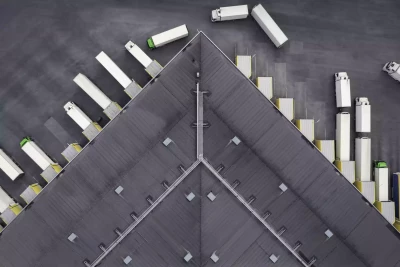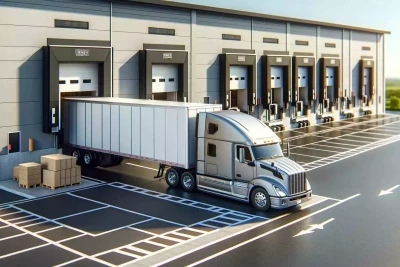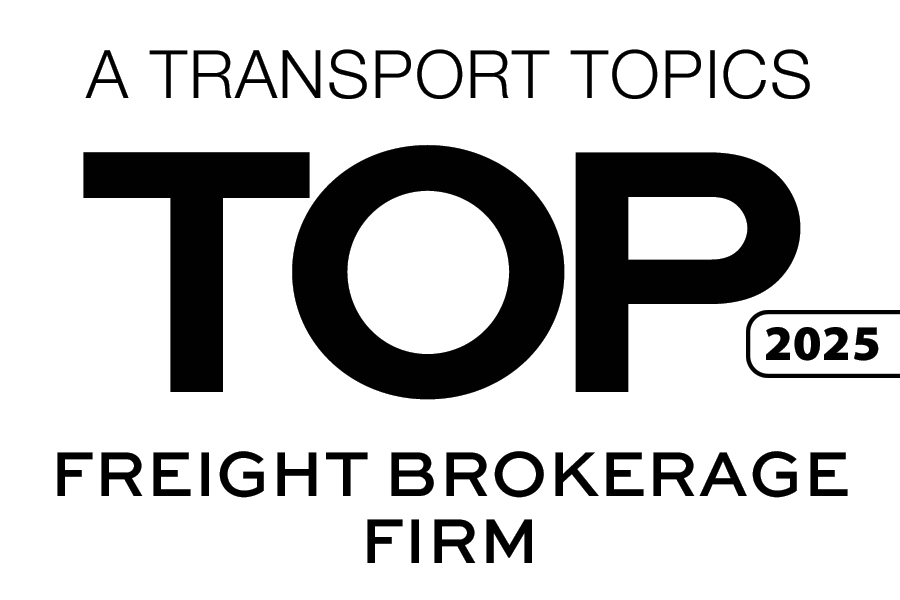The Great Merge of Warehousing and Transportation Through Technology
June 11, 2024
 In recent years, the freight industry has seen a significant influx of software solutions designed to streamline operations and maximize efficiency. Historically, the industry operated with minimal technological support, relying on analog methods that have been adequate for decades and even centuries. But the landscape has dramatically changed. The integration of software in transportation management and warehousing is now crucial for optimizing resources and driving value.
In recent years, the freight industry has seen a significant influx of software solutions designed to streamline operations and maximize efficiency. Historically, the industry operated with minimal technological support, relying on analog methods that have been adequate for decades and even centuries. But the landscape has dramatically changed. The integration of software in transportation management and warehousing is now crucial for optimizing resources and driving value.
“I think everybody’s trying to figure out how to be as efficient as you can with the assets that you deploy on a day-to-day basis,” says Co-founder of Lean Logistics and Chief Revenue Officer with AutoScheduler.AI, Jeff Potts. “We’re really seeing a convergence of warehousing with the transportation side of the business.”
Traditionally, warehousing and transportation were treated as separate entities within the supply chain for most shippers. Each had distinct responsibilities, often operating in silos. It has become apparent that these operations must be interconnected to achieve true efficiency. The goal is to create a seamless supply chain in which warehousing and transportation work in harmony.
A critical aspect of this integration is managing dwell time—the period a truck spends at a warehouse. Reducing dwell time can significantly lower transportation costs. For example, a quick turnaround of 30 minutes to an hour is far more cost-effective than an 8-hour delay. Efficient operations can lead to becoming a “shipper of choice,” attracting more high-quality carriers and reducing overall costs.
Can artificial intelligence lead the way toward a more unified and efficient supply chain? Explore this exciting topic further in the latest episode of the Stay In Your Lane Podcast.
Another area where technology can make a significant impact is with door assignments and yard management. Many yard management systems currently operate in isolation, unaware of the specifics of what’s inside the warehouse. This lack of information can lead to inefficient door assignments, causing delays in loading and unloading.
An optimized system should consider the contents of a trailer and the location of inventory within the warehouse. For large facilities, a wrong door assignment can mean the difference between a quick 30-minute load and a time-consuming 3-hour process. By integrating yard management with warehouse management systems, these processes become more efficient, reducing delays, and improving overall productivity.
Automation and artificial intelligence are transforming the freight industry by augmenting efficiency in processes such as these. Automated warehouses, especially those operating at high capacity, need to maintain throughput even as they approach maximum utilization. AI can help manage this by continuously optimizing operations based on real-time data.
 For instance, AI can assist in solving complex logistical problems by learning from each scenario it encounters. As one aspect of generative AI, this process involves refining optimization strategies over time. Rather than replacing human jobs, AI can automate routine tasks, allowing workers to focus on more strategic and valuable activities.
For instance, AI can assist in solving complex logistical problems by learning from each scenario it encounters. As one aspect of generative AI, this process involves refining optimization strategies over time. Rather than replacing human jobs, AI can automate routine tasks, allowing workers to focus on more strategic and valuable activities.
“I think there are a lot of misnomers about what AI is going to do,” Potts explains. “At the end of the day, what AI is really doing is solving complex problems and then learning through that solving process.”
AI solutions can even help to solve some of the supply chain’s most complex problems. High turnover rates are a significant challenge in both warehousing and trucking. This turnover leads to a loss of tribal knowledge, making it harder to maintain consistent operations. By relying more on advanced systems that can adapt to changing conditions, companies can mitigate the impact of high turnover.
Automated systems can also manage day-to-day variables, such as staff attendance and truck arrivals, more effectively than manual processes. This adaptability ensures that operations remain smooth, even with frequent personnel changes.
Logistics professionals should view AI and automation as tools for enhancement rather than threats to job security. AI is particularly adept at handling complex calculations and repetitive tasks, freeing up human workers to engage in more meaningful and strategic work.
“I don’t look at AI as it’s going to replace people’s jobs or anything like that,” says Potts. “But it’s going to take a lot of difficult and mundane tasks and automate those.”
Widespread integration of AI into Transportation Management Systems (TMS) and other logistics software is already underway. These advancements allow for more sophisticated pricing models and operational efficiencies, which are based on real-time data such as dwell times and carrier ratings. This information can help set more accurate pricing and improve service levels.
The real benefit of this technological revolution in the transportation industry is that small to medium sized shippers for the first time will be able to take advantage of the benefits that larger companies have had for decades. They will be able to compete at a high level of efficiency while not having to maintain a fleet or even warehouse their own product. It’s a new era for high-value 3PL freight models.
To start taking advantage of an efficient 3PL strategy in your supply chain, look to the provider with the highest level of service in the industry, Triple T Transport. Learn about our services and see if you are ready to upgrade the efficiency of your freight.














